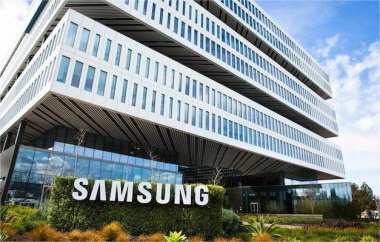
Recently, Samsung Electronics is showing renewed confidence in its next-generation semiconductor technology. During a recent government-led semiconductor industry meeting chaired by Policy Chief Kim Yong-beom, Song Jae-hyuk, President and CTO of Samsung's Device Solutions Division, expressed strong optimism about the company's progress in developing its 2nm Gate-All-Around (GAA) process.
After years of lagging behind TSMC in foundry performance, Samsung's tone has shifted. Reports indicate that the company has raised its 2nm GAA yield target from 50% to 70%, aiming to achieve that by the end of 2025. Insiders say this signals steady progress toward Samsung's performance and yield milestones.
Song noted that Samsung's long-term goal is to reclaim the top spot in the global wafer fabrication market through the success of its 2nm GAA node. However, he acknowledged that government support remains crucial for overcoming challenges such as talent shortages and technical hurdles.
To maintain its competitive edge, Samsung has already completed the basic design for its second-generation 2nm GAA process, with the third-generation version, codenamed SF2P+, expected to finish development within two years.
The first chip built on Samsung's 2nm GAA technology will be its in-house Exynos 2600 SoC. Early internal tests reportedly show outstanding results, outperforming Apple's A19 Pro and Qualcomm's Snapdragon 8 Elite Gen 5 in multiple benchmarks. Impressively, the chip's AI performance is said to be six times higher than both rivals. While commercial outcomes may vary, industry analysts expect tangible gains from Samsung's advanced 2nm GAA technology.
SK Hynix President Song Hyun-jong also highlighted that the 2nm GAA process marks a "critical turning point" for the semiconductor industry. Volume production of 2nm wafers reportedly began in late September, with the Exynos 2600 as the debut chip.
Overall, Samsung's steady advances in 2nm GAA technology underscore a pivotal step in its semiconductor roadmap, potentially reshaping the global foundry landscape and strengthening its position in the next era of high-performance computing.




